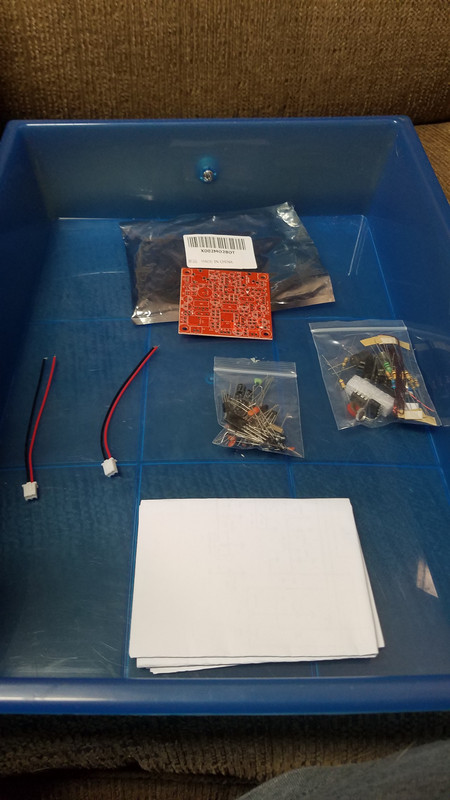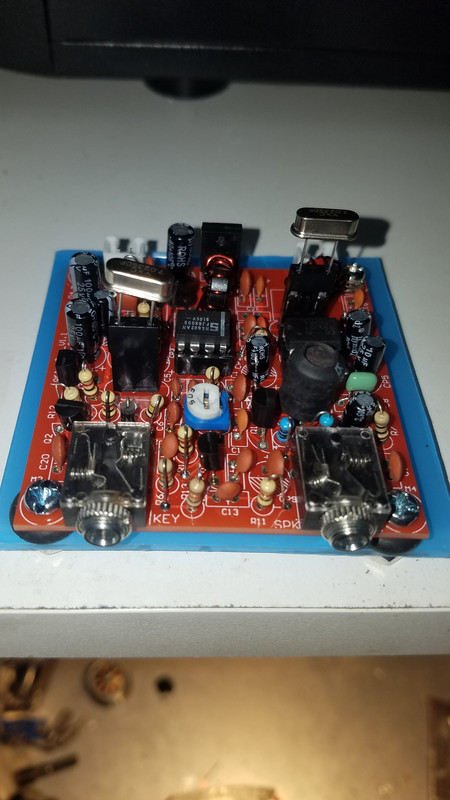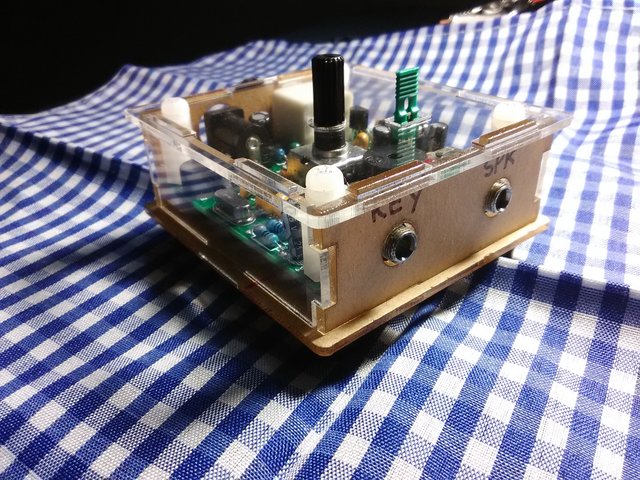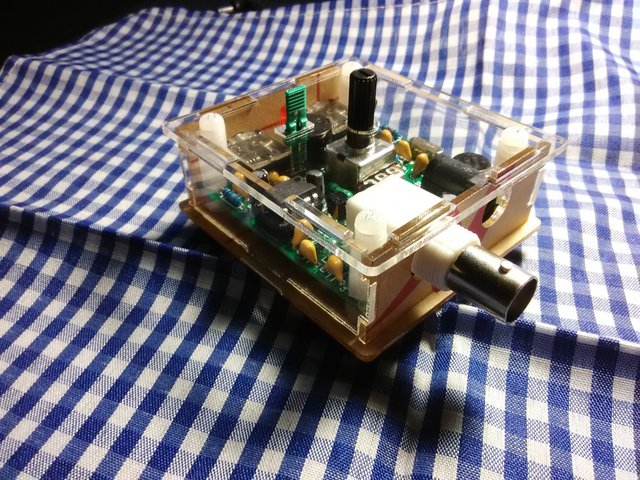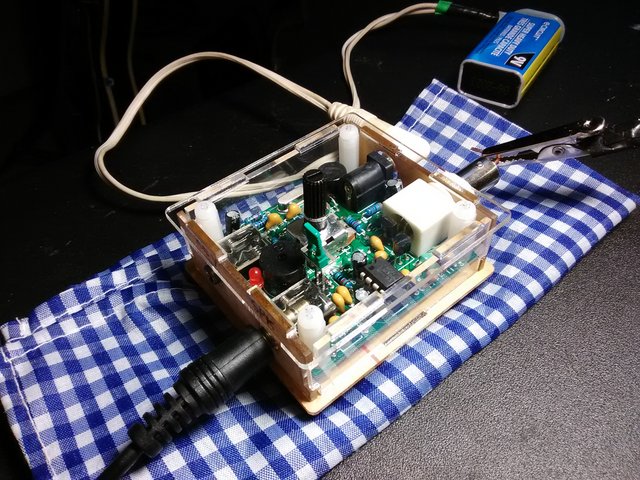For those that would like to learn CW or for those wanting to improve their CW speed, there is a new application on the Internet that is FREE to all. The application was written by Scott Davis, N3FJP who writes software for general and contest logging. His website can be found here.
The new application is called "CW Teacher" and can be found here.
I used to teach CW within an organization as well as privately on a one-on-one basis. Having downloaded CW Teacher and taken it for a test drive, I like what I see. CW Teacher is easy to use and is what I consider an excellent tool for learning CW. I especially like the contesting feature with the "Field Day Exchange" option. Scott N3FJP mentions that in CW contesting, you can copy code at a higher speed than what you would use for a nice rag chew session. That is because you know what is coming; a callsign, a two character alphanumeric operating class and finally a two character abbreviation of the U.S. state that they are in. I have actually found that when one focuses on learning CW in a contest scenario, they learn CW faster and end up receiving and sending CW faster as a result. Since one is learning to associate a group sound of dots and dashes to a letter, they automatically tend to learn the art of "head copy" while they type on the keyboard to enter the received Field Day exchange. And once a person starts to head copy CW, their CW speed will inherently be faster. From there, the sky's the limit, especially when you start to recognize complete words as a group of dots and dashes! Once you begin to hear words rather than individual letters in the received CW transmission, very high speed CW becomes possible at 30 words per minute (WPM), 40 WPM, even 50 WPM and higher!
So if you are looking for a CW learning tool, give CW Teacher a try. It was just released and is currently at Version 1.1 as of the date of this post. It wouldn't surprise me to see future revisions that fine-tune what has been written already as well as to add more features. Scott N3FJP is a fine individual with excellent software coding skills. His entire suite of software is not only used by yours truly but by many multiple thousands and thousands of hams worldwide.
If anyone has any questions or comments about this post, let me know either in this thread or by Private Message (PM). Have a GREAT and blessed day!
73, Dave K4EET
The new application is called "CW Teacher" and can be found here.
I used to teach CW within an organization as well as privately on a one-on-one basis. Having downloaded CW Teacher and taken it for a test drive, I like what I see. CW Teacher is easy to use and is what I consider an excellent tool for learning CW. I especially like the contesting feature with the "Field Day Exchange" option. Scott N3FJP mentions that in CW contesting, you can copy code at a higher speed than what you would use for a nice rag chew session. That is because you know what is coming; a callsign, a two character alphanumeric operating class and finally a two character abbreviation of the U.S. state that they are in. I have actually found that when one focuses on learning CW in a contest scenario, they learn CW faster and end up receiving and sending CW faster as a result. Since one is learning to associate a group sound of dots and dashes to a letter, they automatically tend to learn the art of "head copy" while they type on the keyboard to enter the received Field Day exchange. And once a person starts to head copy CW, their CW speed will inherently be faster. From there, the sky's the limit, especially when you start to recognize complete words as a group of dots and dashes! Once you begin to hear words rather than individual letters in the received CW transmission, very high speed CW becomes possible at 30 words per minute (WPM), 40 WPM, even 50 WPM and higher!
So if you are looking for a CW learning tool, give CW Teacher a try. It was just released and is currently at Version 1.1 as of the date of this post. It wouldn't surprise me to see future revisions that fine-tune what has been written already as well as to add more features. Scott N3FJP is a fine individual with excellent software coding skills. His entire suite of software is not only used by yours truly but by many multiple thousands and thousands of hams worldwide.
If anyone has any questions or comments about this post, let me know either in this thread or by Private Message (PM). Have a GREAT and blessed day!
73, Dave K4EET


